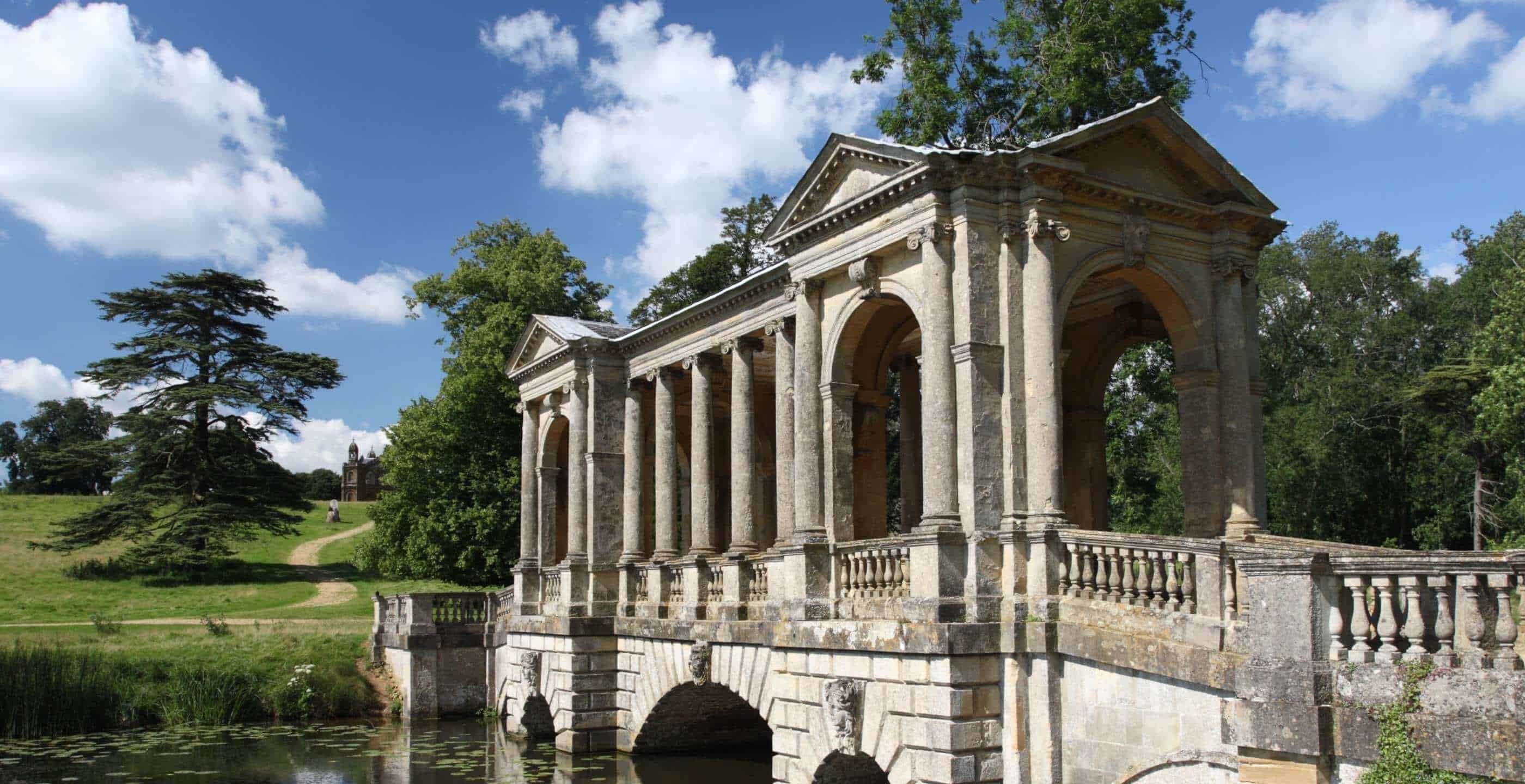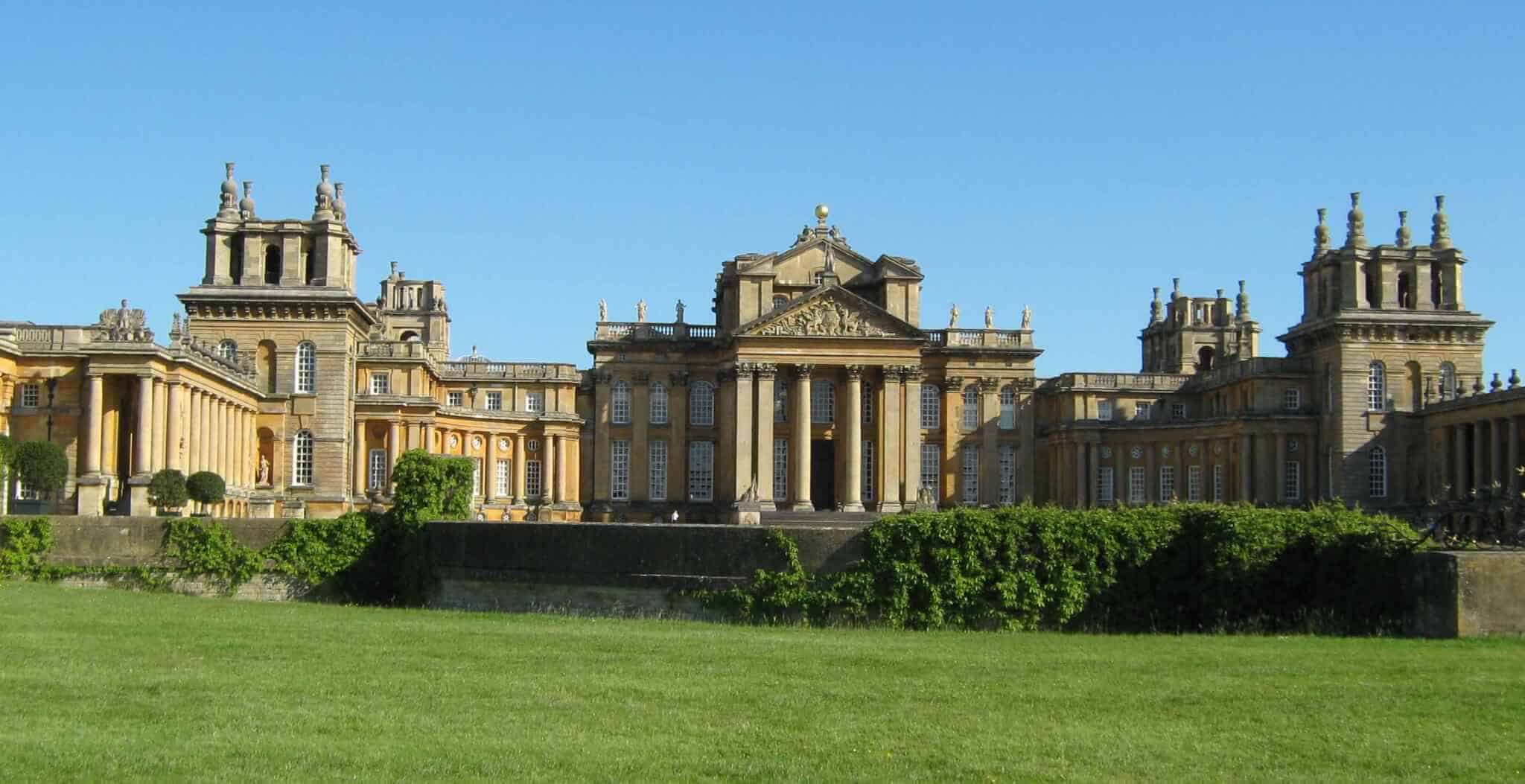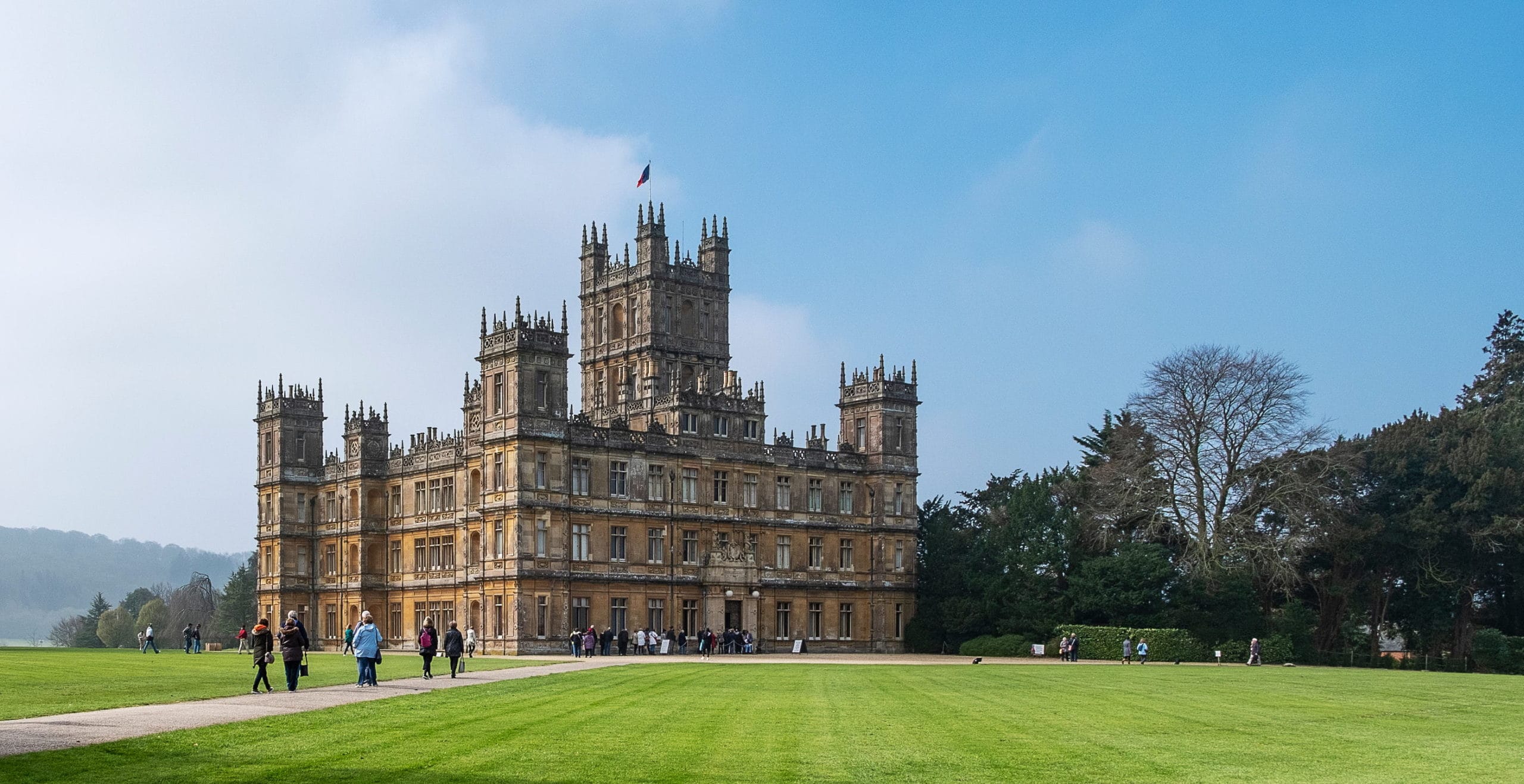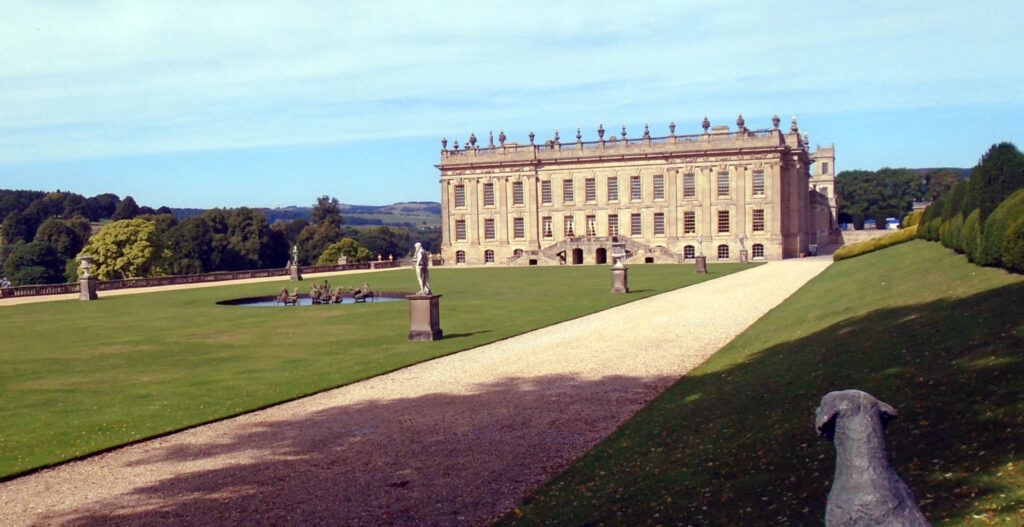On the 6th February 1783 ‘Capability’ Brown died in London, leaving a legacy of landscape gardening we continue to enjoy today.
Born in Kirkharle, Northumberland, Lancelot Brown was the fifth child of William Brown, a land agent and his mother Ursula who worked in service as a maid in Kirkharle Hall. Lancelot, as he was then known, attended school until the age of sixteen when he left to work as an apprentice to the head gardener at Kirkharle Hall, a position he held until the age of twenty three. After spending several years learning under the guidance of others he journeyed south, first to Lincolnshire and then to Kiddington Hall in Oxfordshire. This was to be his first landscape commission and involved the creation of a new lake in the park grounds of the hall.

His career continued to flourish, so much so that by 1741 he joined Lord Cobham’s gardening team at Stowe in Buckinghamshire, working under the guidance of William Kent who had established the English style of landscape gardening which was becoming increasingly popular at the time. It was there that Lancelot made his mark on the gardening world.
By the time he was twenty six he had become Head Gardener and let his artistic talent flourish. In the time he spent at Stowe he created what became known as the Grecian Valley and took on freelance work from other aristocrats who were impressed with his work. His popularity soared as did his reputation, making him highly sought after in the upper echelons of society.
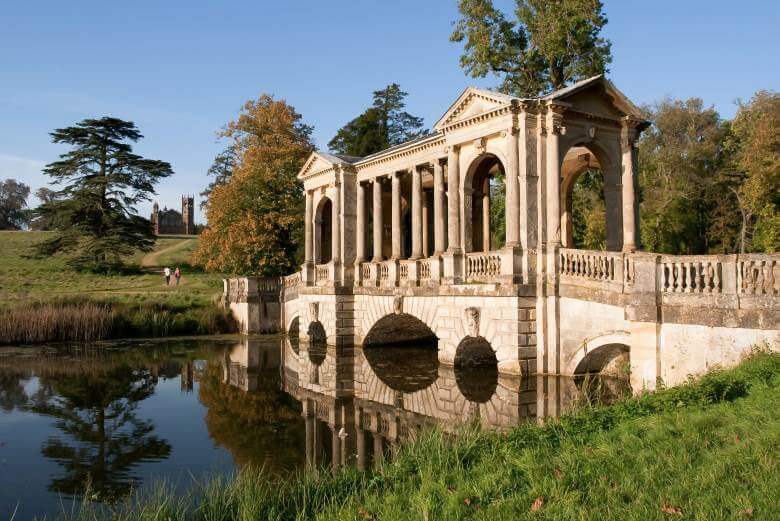
His private life also flourished whilst he was at Stowe. In 1744 he married Bridget Wayet, originally from Boston in Lincolnshire. The couple went on to have seven children and live in relative comfort due to his increasing fame and fortune. By 1768 Brown acquired a manor house, Fenstanton, in East Anglia which he bought from Lord Northampton. The house would stay in the family for many years until well after his death.
Stowe remained one of the most admired landscape gardens Brown worked on. Catherine the Great paid a visit there and even had some of the design features replicated in her own gardens back in St Petersburg. In its time Stowe rivalled royal gardens with its spectacular views, meandering paths, impressive lakes and seemingly endless landscape. Brown’s legacy at Stowe endures to this day. Now managed by the National Trust, visitors from near and far are welcomed to visit and enjoy this fabulous garden.
During his career it is estimated that Brown was responsible for around one hundred and seventy parks, leaving an enduring legacy as a great eighteenth century landscape architect. He became known as ‘Capability’ Brown because it was said that he would refer to gardens as having great “capability” when discussing the potential of the landscape with his clients, and so the name stuck.
Brown’s style was known for its simplicity and elegance. He mastered the art of blending gardens into their natural landscape and working seamlessly with the rural surroundings. Brown was determined to have the garden not only as a functioning setting for the great houses, but at the same time not to lose their sense of elegance and aesthetically pleasing nature.
Some of his trademark design features included the use of sunken fences which allowed different areas of the garden to appear a complete and whole landscape. Similarly, he created large lakes at varying levels giving the impression of a large body of water running through the parkland, like a natural feature. The natural looking designs he achieved are replicated and maintained in gardens across England today.
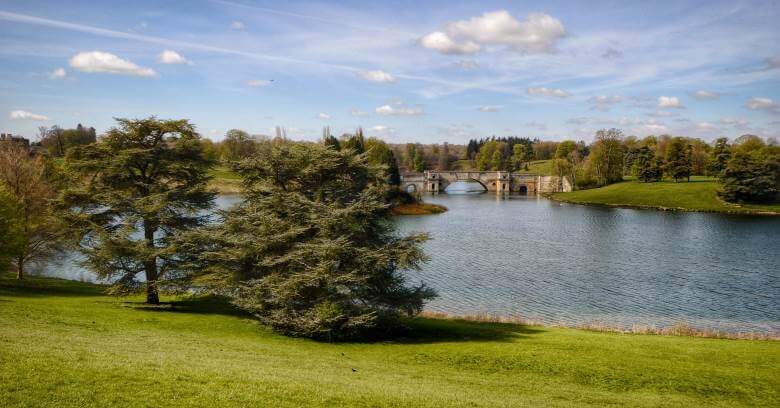
Some of the famous places he worked on include Warwick Castle, Chatsworth House and Burghley House. In 1763 he was commissioned by the 4th Duke of Marlborough to undertake work at Blenheim Palace. In London too, Brown’s influence continued as he became the Master Gardener for King George III at Hampton Court.
Highclere Castle, the setting for TV’s Downton Abbey, is one of the many parklands designed by Brown. A whopping 1,000 acres of gardens became the responsibility of ‘Capability’ Brown when the 1st Earl of Carnarvon commissioned him as a landscape architect for his extensive parkland. The natural meandering designs permeate the castle grounds today as the work of Brown was continued by the 2nd Earl, who also had a passion for gardening and design. The legacy of his work continues and is well worth a visit for anyone keen on ambling through the parklands once designed by Brown.
Another impressive landscape design undertaken by ‘Capability’ Brown was for Chatsworth House in the late 1750’s. The grand estate can be found in the Derbyshire countryside and like Highclere Castle has also grown in popularity due to its television exposure. Chatsworth House was used as the setting for Pemberley, Mr Darcy’s residence in the television version of Jane Austen’s ‘Pride and Prejudice’.
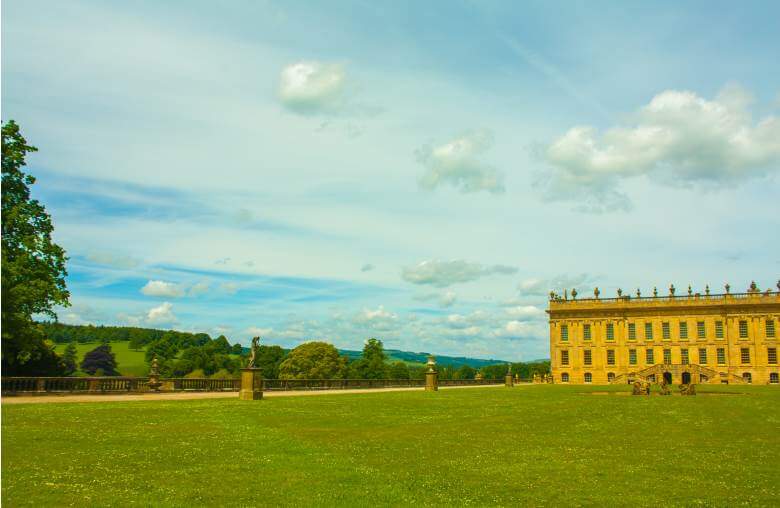
The parkland is hugely influenced by Brown’s redesign of the extensive 1,000 acre area. Brown created a natural looking garden in his own signature style which included a natural body of water, a collection of trees planted in clumps together, rolling hills and a driveway which offered impressive view as you approached the house. In the nineteenth century more formal gardens were created in some areas of the park but despite this, Brown’s blueprint remains on the grounds of Chatsworth House to this day.
‘Capability’ Brown has gone down in history as one of the best landscape gardeners of all time and it’s not hard to see why. Brown was responsible for not only a vast array of parklands and gardens but also shaped the way future gardeners would think about design. His natural approach and seemingly effortless design made manmade creations appear completely natural. His skills, craft and design live on in parklands and gardens across the country to this day.
Jessica Brain is a freelance writer specialising in history. Based in Kent and a lover of all things historical.
